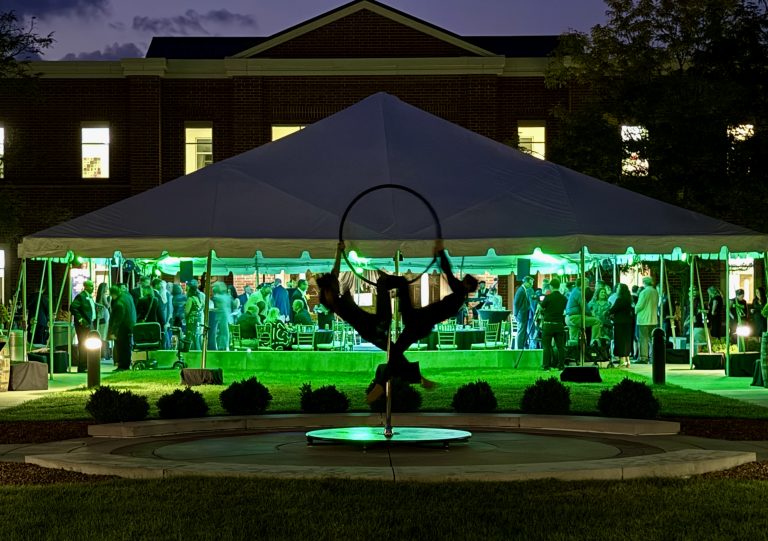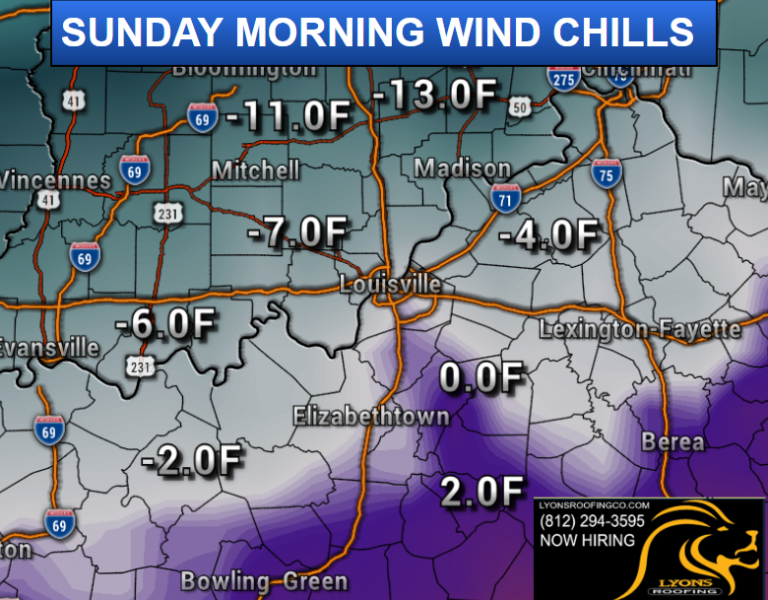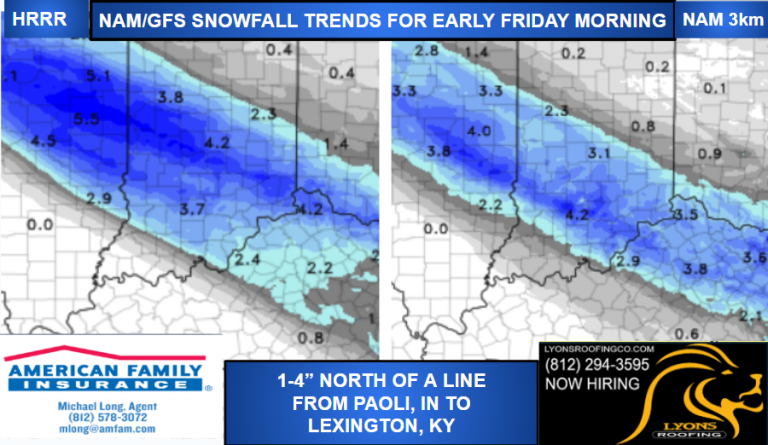
By Michael Cassaro
Most people with a chronic pain problem have noticed that pain is worse in winter. It doesn’t matter what type of pain, it’s worse this time of year than it was in the summer. So, what is the answer? Why is pain worse in the winter?
There have been some attempts to come up with an answer. But, the search continues. We have some partial answers. I’ll cover some of them here. We also have some scientists who believe it’s all imagined. They claim there is no scientific basis for pain to vary with the weather. Of course, in my office, I see a parade of people who beg to differ. My own conclusion is that the alleged men of science are fortunate to not be afflicted with arthritis. When they develop their own pain, they will change their opinion.
Let’s start by considering the effect of temperature. People in Minnesota and people in Georgia experience worsening pain as the mercury drops. But, the actual temperatures are far different. Also, people spend a lot of time indoors. In the summer, the indoor temperature may be lower than the winter, indoor temperature. My conclusion is the temperature probably has less to do with pain severity than other things that change with the season, unless you have implanted metal.
If you have rods in your back, artificial joints, or other metal implanted in your body, there is likely to be an increase in associated pain, during the winter. Your body’s cells each generate heat. Your metal parts do not. Your circulating blood brings heat to all of your natural body parts. Your metal parts do not have the same heat distribution system. The metal parts rob heat from surrounding tissues. They are a heat sink. The more warmly you dress, the more protection you will have.
Let’s consider daylight. It seems there is an inverse correlation between the hours of natural light and pain. At least part of this correlation may be due to Vitamin D. As you know, your skin makes Vitamin D in response to sunlight. Less natural light means less opportunity to make Vitamin D. Unless you take a Vitamin D supplement, the amount of Vitamin D in your body is likely to decrease with the daylight hours. A convenient way to keep adequate Vitamin D is to take a Vitamin D supplement, daily, beginning in the early fall and continuing until mid spring. For most people, 5000 units of Vitamin D3 can help. You may also notice fewer colds and flu when you take Vitamin D this way.
Your immune system also plays a role in how much pain you experience. One of the biggest contributors to pain is inflammation. The more inflammation you have, the more pain you feel from the inflamed area. The word arthritis means inflamed joint. Other types of itis refer to inflammation of other body parts. If your immune system is over reactive, it will promote more inflammation, and you will feel more pain. If you spend more time indoors in the winter, you are likely to be bombarded by bacteria and viruses. The constant bombardment keeps your immune system in a state of high activity, promoting inflammation, and pain. And if you should get sick, all of your pain will likely get worse.
While you don’t want to prevent your immune system from doing its job, you can make it easier by getting outdoors. Sure, it’s winter, but fresh air and sunshine are a good antiseptic. Combine this with some regular physical activity, and you’ll limit your inflammation. And, as mentioned above regarding Vitamin D, you may notice fewer colds and flu.
Finally, probably the most important thing you can do to keep your chronic pain in check during the winter is to take control of what you eat and drink. With three major holidays in less than six weeks, there is plenty of opportunity for excess. Once you start down the path of excess, it’s easy for it to become routine. At the top of the list of foods that promote pain are sugar, alcohol, and baked goods. One of the bad things about the foods that promote increased pain is the lag time. It may take a week or more of overindulgence for the pain to increase, and weeks of abstinence for the pain intensity to subside. Keep it under control.
It’s not just the cold air that makes pain worse in winter. Everything that goes along with the season contributes. Control your diet, exercise, and sleep well, so you can survive winter without increased pain.



















